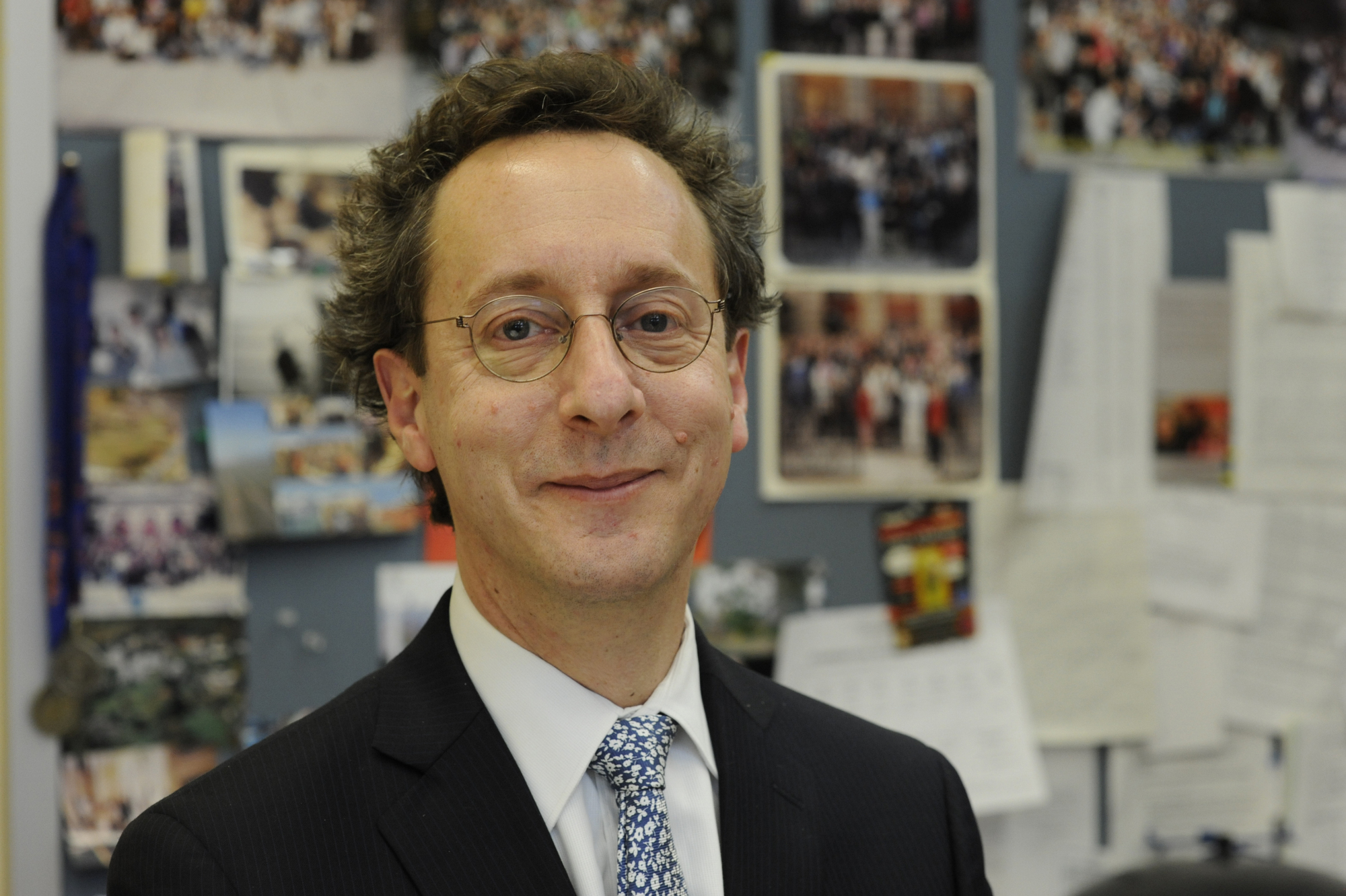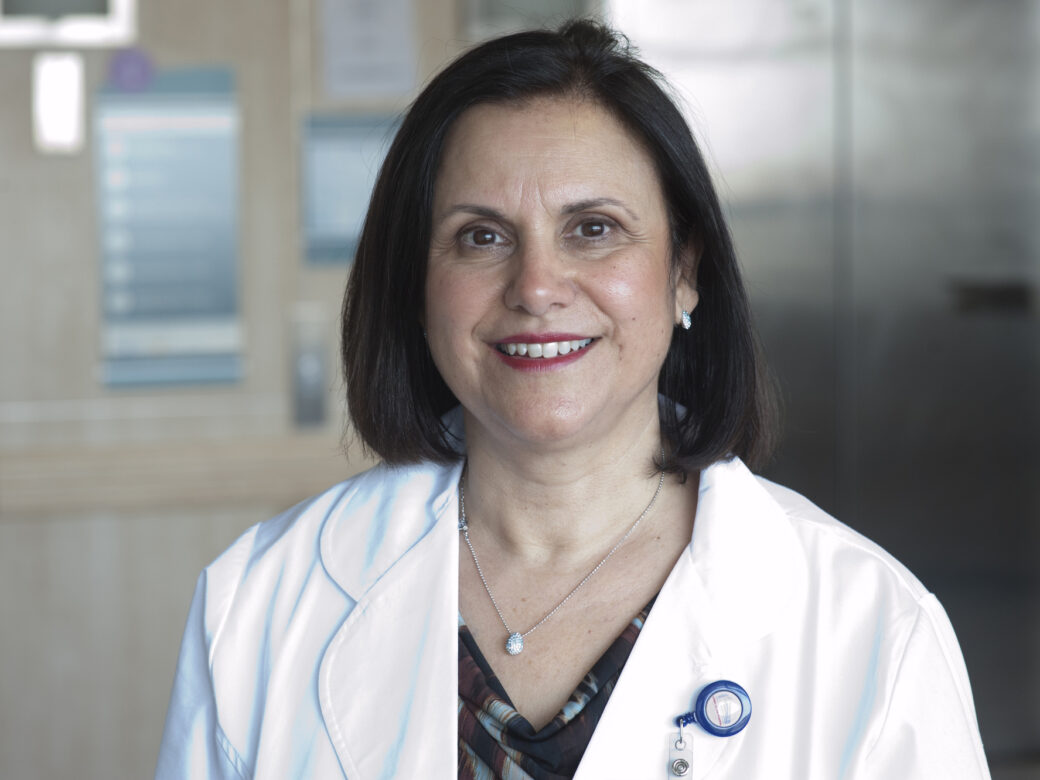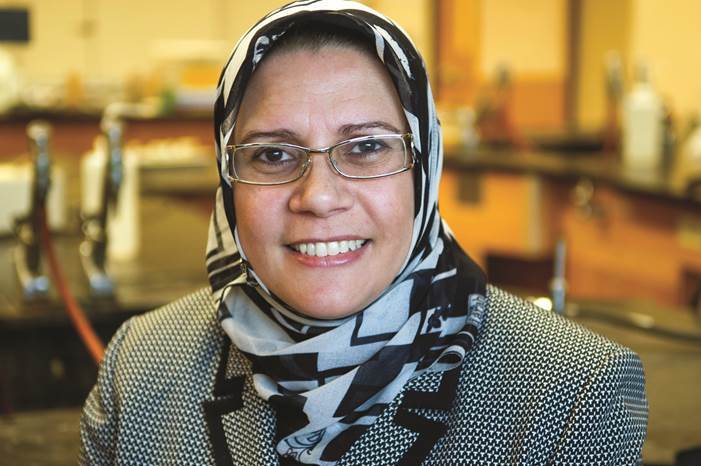Bio
Phil Weinberg is Principal of Brooklyn’s High School of Telecommunication Arts and Technology (HSTAT), a large, non-specialized school with a student body of 1,300 that mirrors the community it serves: half Hispanic, 20 percent African-American, 70 percent from low-income families. Described by a colleague as “the definition of educational leadership at its best,” Weinberg has turned down dozens of offers of positions elsewhere. Weinberg sees his main task as “creating the conditions that allow teachers to do their best work and create classes where students can grow.” To ease the transition to high school, freshman and sophomores are divided into four groups of 150 students, with their own teachers, four “schools within a school.” The majority of the school’s 200 special education students are integrated via Collaborative Team Teaching (CTGetting ready for college is the focus at HSTAT. The framework is established by a demanding academic curriculum that requires all students to carry a full load of the most rigorous courses they can handle. “If we determine you can take calculus, you take calculus,” said Weinberg. Students begin to visit colleges as freshmen, their college essay is a major project in their junior year and all seniors turn in their college applications en masse to the schools’ college counselors on a Friday late in November. Students traditionally attend school that day dressed in professional attire in celebration of this milestone. Said one senior, “No one can not go to college in this school.”T). Each teaching team consists of two teachers—one certified in the subject area, the other in special education. As one teacher noted, “In these classes, we work together so that everyone is helping everyone else.”



